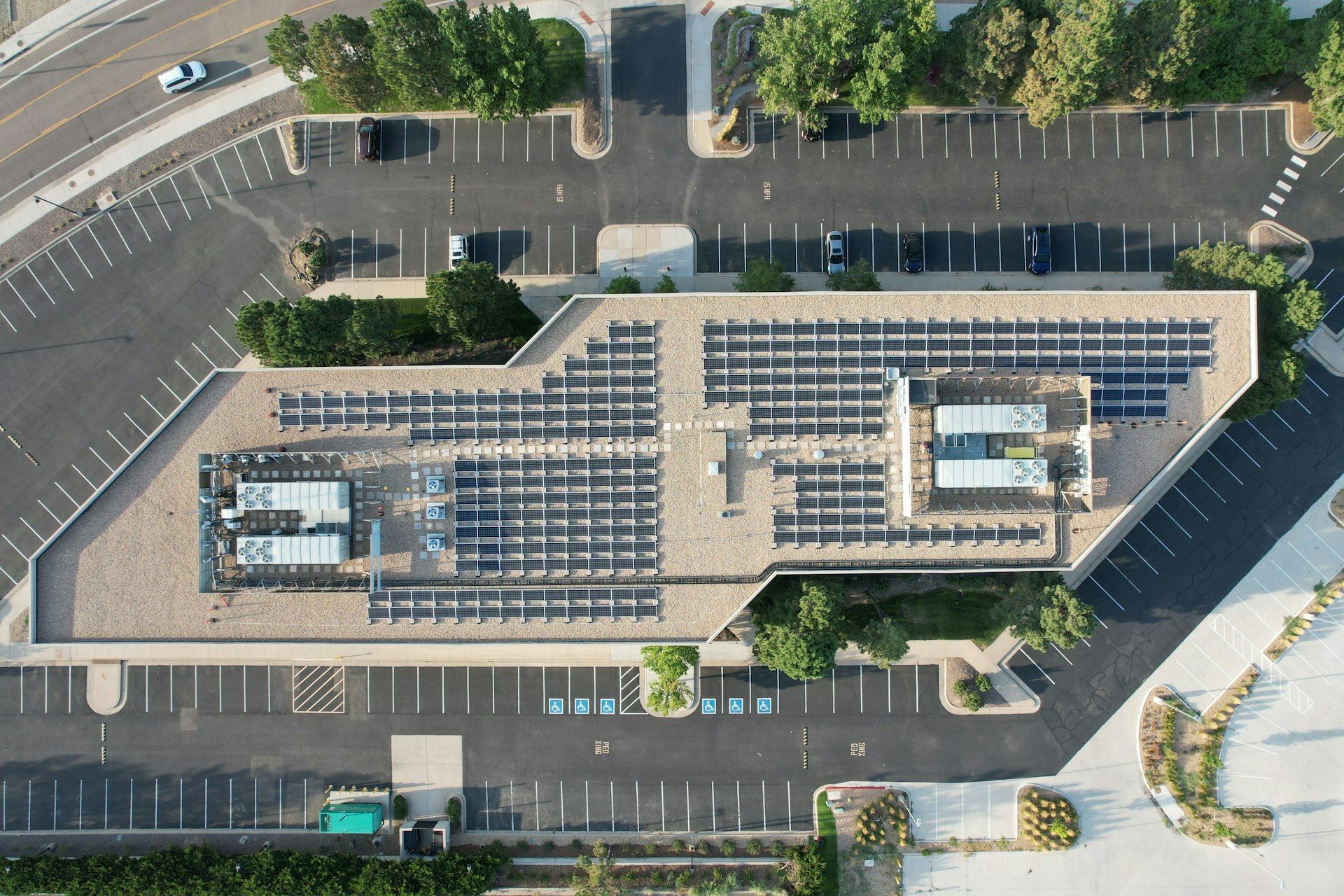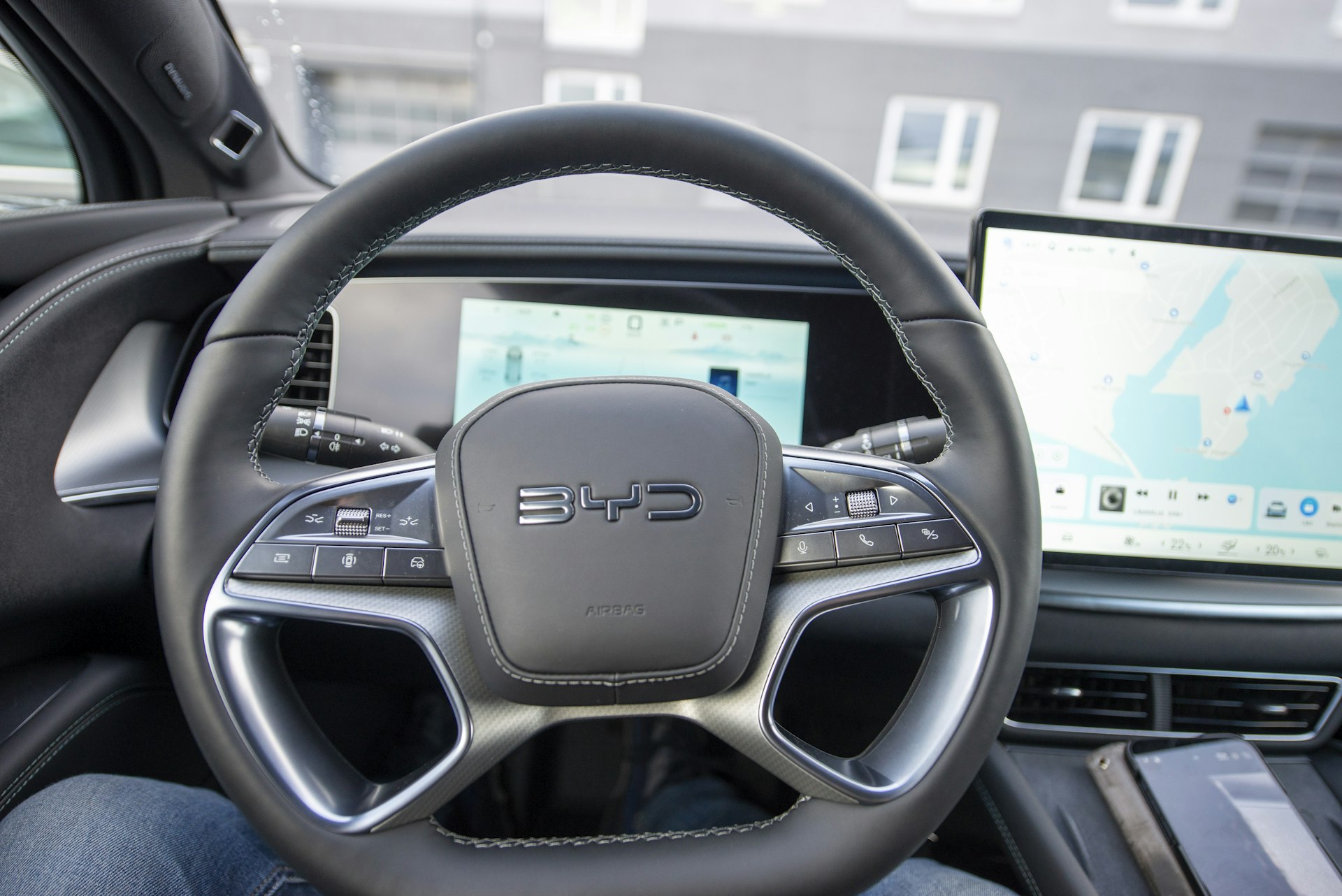Driving Sustainability: The Strategic Importance of Renewable Energy in the Automotive Supply Chain

Photo by Sven Brandsma on Unsplash
Introduction: Why Renewable Energy Matters in the Automotive Supply Chain
The automotive industry faces intense pressure to reduce its environmental impact, control costs, and comply with evolving regulations. As manufacturers and suppliers shift toward renewable energy sources, the supply chain is undergoing transformative changes that deliver measurable benefits for businesses, communities, and the planet. This article explores the strategic importance of renewable energy in automotive supply chains, offering actionable guidance, real-world examples, and pathways for organizations to accelerate their sustainability journey.
The Case for Renewable Energy in Automotive Manufacturing
Automotive production is energy-intensive, historically relying on fossil fuels for power and heat. This dependence has led to substantial greenhouse gas emissions and environmental degradation. Transitioning to renewable energy-such as solar, wind, and biogas-enables manufacturers to minimize their carbon footprint, support climate goals, and respond to consumer demand for sustainable products. According to Automotive Manufacturing Solutions , the sector is increasingly integrating renewables to underpin operations and drive carbon neutrality, with leading OEMs developing comprehensive strategies that extend beyond their own operations to include suppliers and logistics partners [1] .
Key Benefits of Renewable Energy Integration
1. Emissions Reductions By sourcing power from clean energy, automotive companies can dramatically reduce Scope 1, 2, and 3 emissions-the latter encompassing all supply chain partners. This holistic approach is vital, as recent analysis demonstrates the carbon footprint of finished vehicles is only a fraction of the total impact; energy consumed during manufacturing and transport is equally critical [1] .
2. Cost Savings and Efficiency Investing in renewables often leads to long-term savings by reducing reliance on price-volatile fossil fuels and increasing operational efficiency. Innovative battery technologies and energy management systems further enhance efficiency, as seen in the adoption of solid-state batteries and smart grid solutions [3] .

Photo by Sven Brandsma on Unsplash
3. Regulatory Compliance and Incentives Governments worldwide are enacting policies that encourage or mandate renewable energy adoption. In the U.S., the Inflation Reduction Act and the Infrastructure Investments and Jobs Act have unleashed billions in funding for low- or zero-emission vehicle production, batteries, and charging infrastructure [4] . Automakers that align with these policies gain access to incentives, grants, and accelerated permitting.
4. Enhanced Brand Value and Consumer Trust Consumers increasingly prefer eco-friendly vehicles and brands with transparent sustainability practices. Green energy integration strengthens brand reputation, attracts sustainability-minded buyers, and supports long-term market growth [3] .
Real-World Examples: Leaders in Renewable Automotive Supply Chains
Major automakers and suppliers are setting ambitious goals and investing heavily in renewable energy:
- BMW and General Motors are targeting carbon-neutral factories by the 2030s, leveraging renewables and circular economy principles [3] .
- Ford and Tesla have announced billions in investments for EVs and renewable-powered manufacturing, with supply chain partners diversifying raw material sources and co-locating battery plants [4] .
- CATL in China leads global battery production, integrating renewables and responsible sourcing to maintain dominance in EV supply chains [2] .
These examples demonstrate industry-wide commitment to decarbonization and supply chain innovation.
Implementing Renewable Energy Strategies: Step-by-Step Guidance
Organizations seeking to transition toward renewable energy in their automotive supply chains should consider the following steps:
- Assess Current Energy Use Conduct a comprehensive audit of energy consumption across all supply chain nodes-from raw material extraction to final assembly and logistics. Identify areas where fossil fuel dependence is highest and where renewables can deliver greatest impact.
- Set Clear Sustainability Goals Establish measurable targets for emissions reduction, renewable energy sourcing, and supply chain transparency. Align these goals with global standards, such as the Science-Based Targets initiative, and communicate them to partners and customers.
- Partner with Renewable Energy Providers Negotiate long-term power purchase agreements (PPAs) with wind, solar, or biogas suppliers. Collaborate with logistics firms offering green transport solutions, and leverage government incentives to offset initial costs [4] .
- Invest in Technology and Infrastructure Upgrade facilities with energy management systems, install on-site renewable generation (solar panels, wind turbines), and implement advanced battery storage. Explore digital tools-such as AI and blockchain-to monitor emissions and optimize supply chain efficiency [3] .
- Engage Suppliers and Stakeholders Require suppliers to meet renewable energy standards and share sustainability data. Offer training, resources, and incentives to help smaller partners transition. Collaborate with industry groups to develop shared standards and certification schemes.
- Monitor Progress and Report Transparently Track key performance indicators (KPIs) related to energy use, emissions, and cost savings. Report progress publicly through sustainability reports, and use third-party audits to validate claims.
If you are interested in exploring renewable energy solutions for your automotive supply chain, consider reaching out to professional associations-such as the Automotive Industry Action Group-or searching for government programs through the Department of Energy. Many organizations also provide consulting and certification services that can help you set and achieve meaningful sustainability goals.
Challenges and Solutions in the Transition
Despite clear benefits, organizations face several challenges in adopting renewable energy:
Technological and Infrastructural Barriers: Not all regions have equal access to renewable resources or grid infrastructure. Solutions include investing in distributed generation, partnering with local utilities, and leveraging battery storage to manage intermittency.
Supply Chain Complexity: Automotive supply chains are global and multi-tiered, complicating emissions tracking and renewable energy sourcing. Digital platforms can improve transparency, and industry collaborations help develop unified standards.
Regulatory and Economic Uncertainty: Policies and incentives vary widely by country and region. Organizations should stay informed on regulatory developments, engage with policymakers, and diversify sourcing to mitigate geopolitical risks.
Workforce and Skill Gaps: The transition to renewables requires new skills in engineering, data analysis, and project management. Companies can address these gaps through training, recruitment, and partnerships with educational institutions.
Alternative Approaches and Future Outlook
While direct investment in renewables is the most impactful strategy, companies may also consider:
- Eco-Friendly Sourcing: Prioritizing recycled materials and low-impact production methods to further reduce supply chain emissions.
- Green Logistics: Adopting electric or hydrogen-powered vehicles for shipping and distribution.
- Circular Economy Models: Designing products for reuse and recycling, minimizing waste throughout the value chain.
The automotive supply chain is rapidly evolving, and companies that embrace renewable energy will be positioned for long-term success. As technology advances and policy support grows, the opportunities for innovation and growth are unprecedented.
How to Access Renewable Energy Resources and Support
If you are a business leader or supply chain manager seeking to integrate renewable energy:
- Search for “renewable energy programs” at the Department of Energy or your regional energy authority for grants, incentives, and technical support.
- Contact professional organizations such as the Automotive Industry Action Group for best practices and supplier directories.
- Consult with certified energy consultants or sustainability experts to develop tailored implementation plans.
- Engage your suppliers and partners in collaborative workshops to share knowledge and accelerate adoption.
Remember, each organization’s path will be unique. Using the approaches outlined above, you can identify actionable steps, overcome challenges, and build a resilient, sustainable automotive supply chain driven by renewable energy.
References
- [1] Automotive Manufacturing Solutions (2024). Green Revolution: How renewable energy is fuelling sustainable automotive manufacturing.
- [2] Boise State University (2025). The U.S. Automotive Industry Supply Chain: Challenges and Transformations.
- [3] AmeriFreight (2024). Green Supply Chain Strategies in the Auto Industry.
- [4] Rocky Mountain Institute (2024). The EV Battery Supply Chain Explained.
MORE FROM smartsavingsfinder.com













